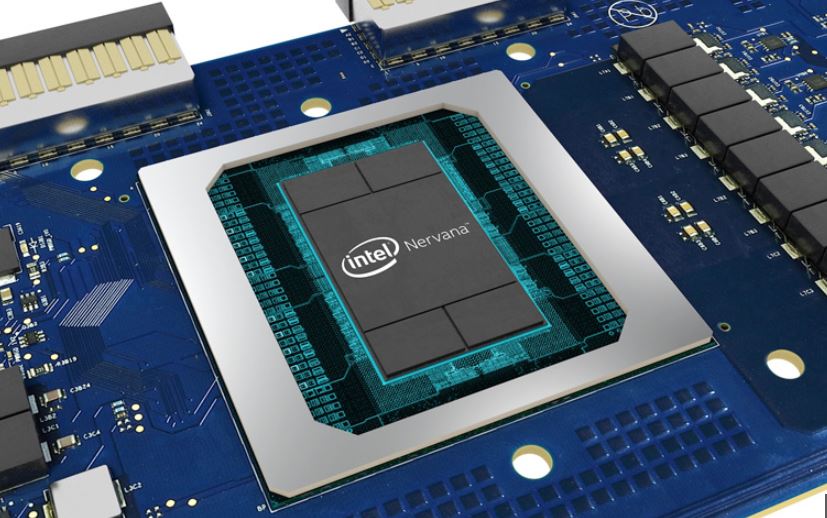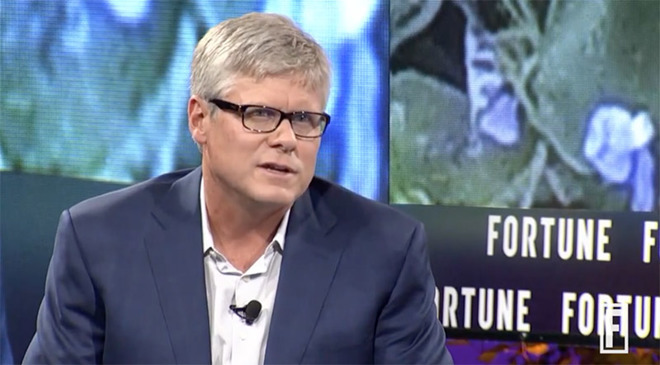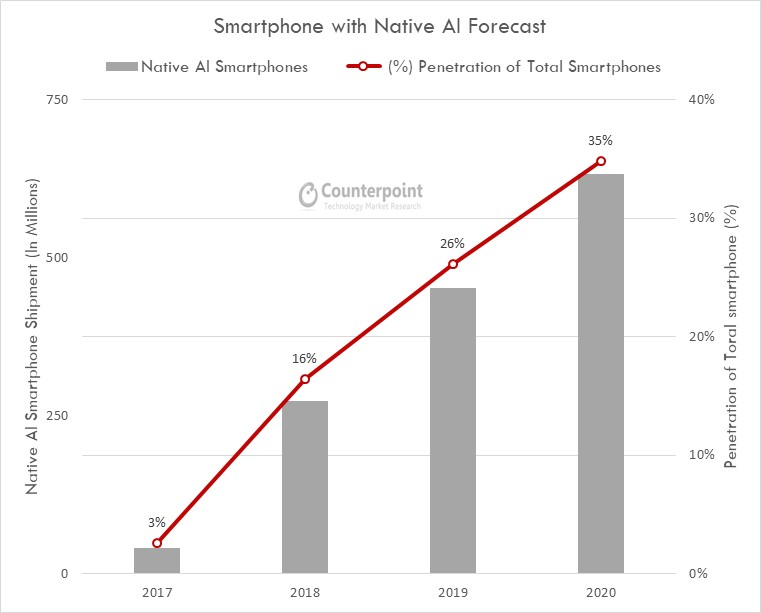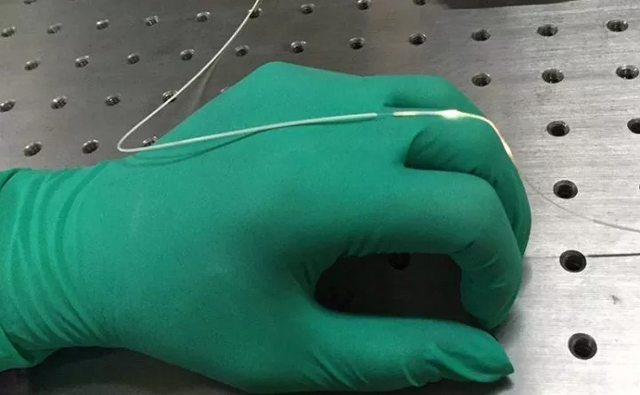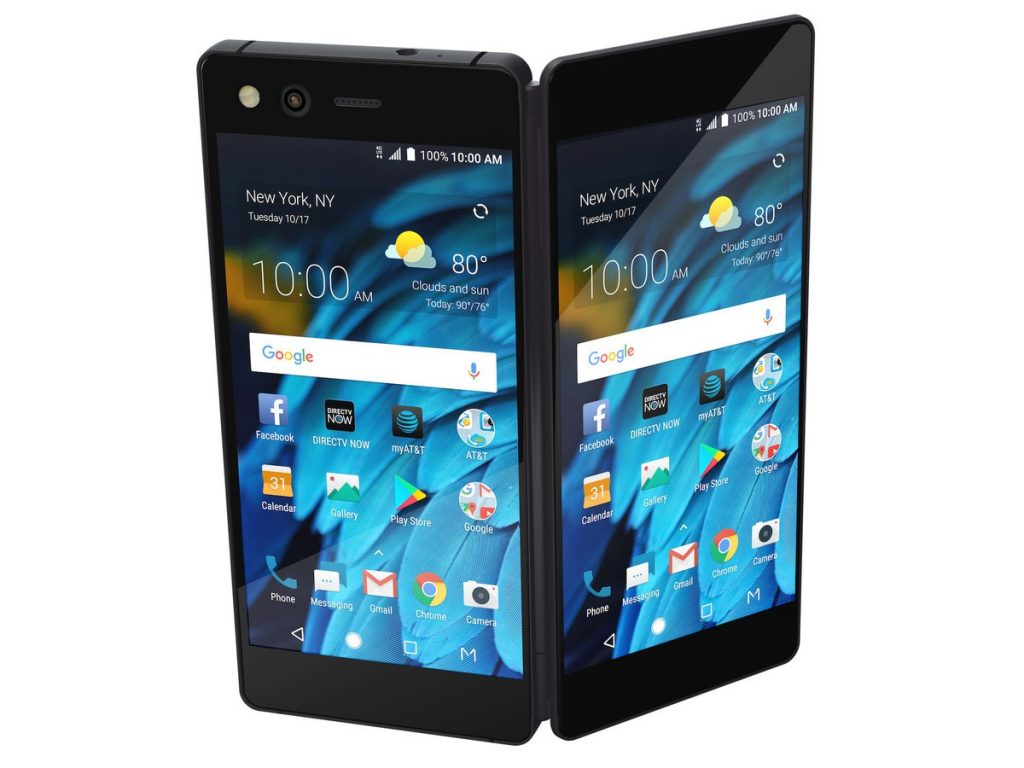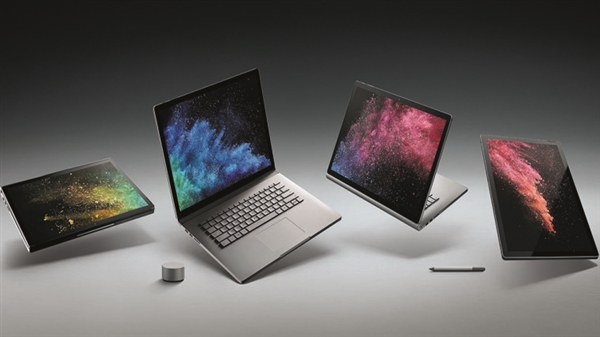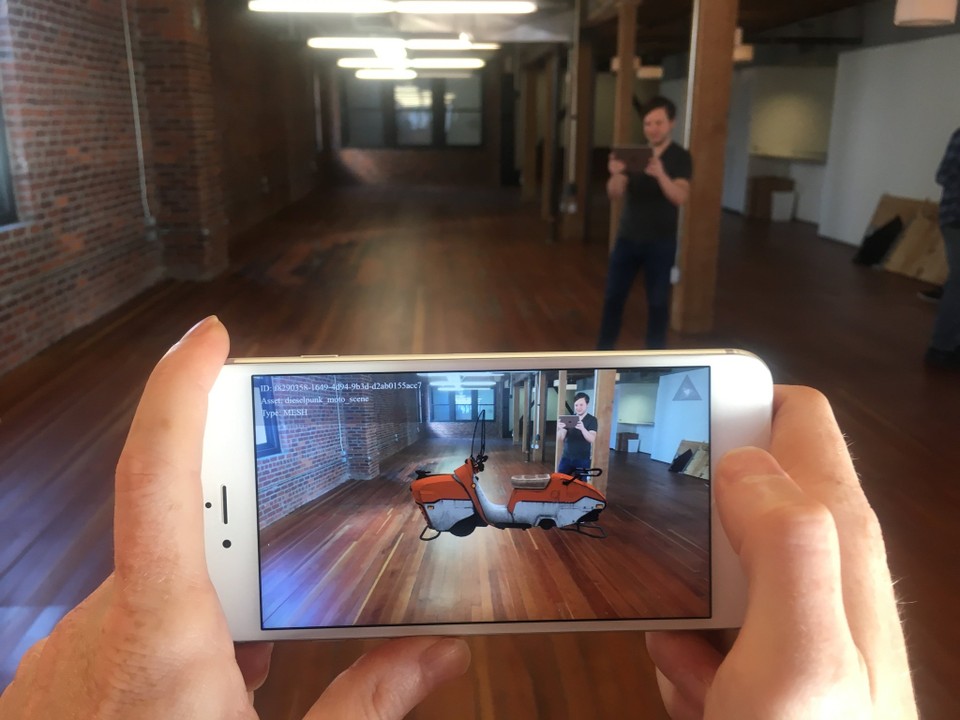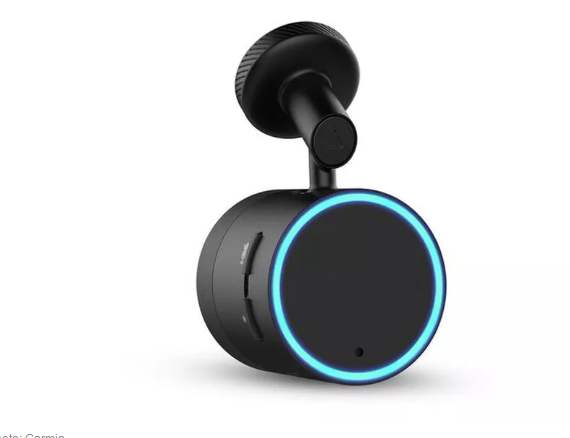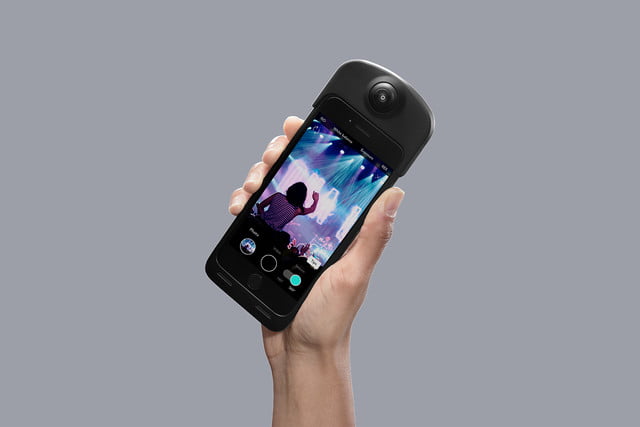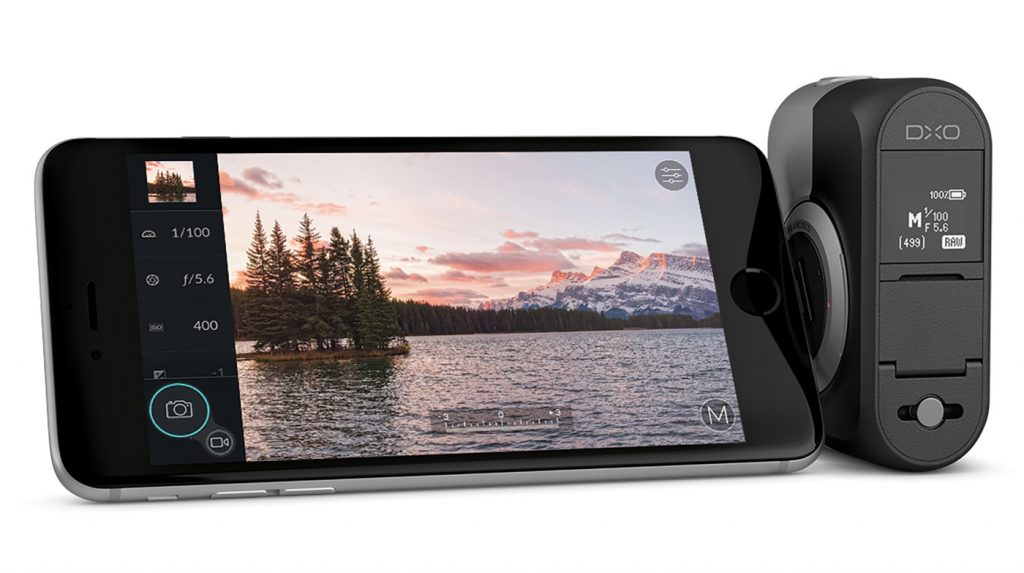10-18: Facebook has assisted Intel in prelude to its new chip’s debut; Google Pixel 2 series is equipped with Google-designed SoC dedicated exclusively to camera image processing; etc.
Chipsets
Google Pixel 2 series is equipped with Google-designed SoC dedicated exclusively to camera image processing, namely Pixel Visual Core. At the heart of the chip is an eight-core Image Processing Unit (IPU) capable of more than three trillion operations per second. Using these IPU cores, Google says the company’s HDR+ image processing can run “5x faster and at less than 1/10th the energy” than it currently does on the main CPU. (CN Beta, Ars Technica, Android Authority)
Intel will soon be shipping the world’s first family of processors designed from the ground up for artificial intelligence (AI): the Intel Nervana Neural Network Processor family (formerly known as “Lake Crest”). This family of processors is over 3 years in the making. (VentureBeat, Intel Nervana, The Verge, Hot Hardware, Fast Company, CN Beta)
Intel CEO Brian Krzanich has explained the Intel’s foray into the red-hot field of artificial intelligence and said that Facebook has assisted the company in prelude to its new chip’s debut. (Laoyaoba, Fortune, Forbes)
According to Counterpoint Research, 1 in 3 smartphones to be shipped in 2020 will natively embed machine learning and artificial intelligence (AI) capabilities at the chipset level. (Counterpoint Research, press, Laoyaoba)
Samsung has completed the development of the 8nm Low Power Plus (LPP) process node technology. This technology offers a 10% improvement in power efficiency, primarily due to the reduced power consumption of individual transistors. Samsung also claims that the 8nm process node delivers a 10% reduction in chip size. Qualcomm has collaborated with Samsung for the development of the 8nm process. (Android Headlines, ZDNet, Business Wire, Sohu, Money DJ)
Qualcomm’s legal feud with Apple is not personal—it is strictly business. Even though the two companies are locked in a fierce battle over patents and licensing fees, the two will one day be able to mend fences and work together again, Qualcomm CEO Steve Mollenkopf said when asked whether the relationship could be saved. (CN Beta, 9to5Mac, Apple Insider, CNET, Fast Company)
Touch Display
Samsung Display is striving for OLED panel orders from China-based mobile device vendors, but will be facing competition from its China-based rivals such as BOE Technology and Tianma Micro-electronics, according to Digitimes. Taiwan-based Wahlee Industrial has reportedly cut into the supply chain of BOE and Tianma by providing OLED related materials, with shipments set to kick off in 2018. (Digitimes, press, Sohu)
Sensory
State Key Laboratory of Precision Measurement Technology and Instruments at Tsinghua University in Beijing offers the first demonstration of optical fibers sturdy enough to sense a wide range of human motion. The new fiber is sensitive and flexible enough that it can detect joint movements, unlike currently used fiber sensors. (CN Beta, Science Daily, Photonics)
Panasonic’s autonomous driving system is expected to be launched in commercial vehicles as early as in 2022. The company has developed key LSI (large-scale integration) chips for advanced image processing and sonar sensing. Panasonic has acquired an additional 20% of shares in Ficosa International S.A., which is a global tier1 full service supplier of automotive parts and systems. (TechNews, ZDNet, Panasonic, Reuters)
Japanese electronics companies thanks to the launch of Apple iPhone, components supply have gradually become their business focus. Yet their performance is affected from iPhone 5 in 1H13. TDK’s president Shigenao Ishiguro indicates that the company has decided to transform their business focus to sensors. (Laoyaoba, Digitimes)
Biometrics
Goodix Technology has obtained fingerprint sensor orders from Huawei for Mate 10 devices, according to the China-based IC design house. Goodix indicated it is the exclusive provider of fingerprint solutions for Huawei’s flagship Mate 10 series models. Goodix has also obtained fingerprint sensor orders for Samsung’s mid-range smartphone series with shipments kicking off in 2H17. (Digitimes, press, JRJ, Laoyaoba)
Smartphones
Foldable dual display ZTE Axon M is announced at AT&T – 2×5.2” FHD TFT LCD display supporting 3 viewing modes, Qualcomm Snapdragon 821 processor, 20MP PDAF camera, 4GB RAM, 64GB storage, Android 7.1, 3180mAh battery, USD24.17 per month for 30 months (about USD725). (Android Authority, Android Central, Android Headlines, iFeng, Sina)
PCs / Tablets
Microsoft Surface Book 2 is announced – 13.5” 3000×2000 / 15” 3240×2160 PixelSense display, Intel Core i5 / i7 processor, rear 8MP + front 5MP cameras, 8 / 16GB RAM, 256GB / 512GB / 1TB storage, 17 hours standby (5 hours tablet mode), from USD1499. (CN Beta, AnandTech, Microsoft, The Verge)
Wearables
Torch 3D has raised USD3.5M to build its augmented and virtual reality prototyping platform. The idea is to make it fast and easy for teams to build, share, and iterate on 3D concepts. (VentureBeat, Geek Wire, Oregon Live, 87870)
Internet of Things
Foxconn Technology Group and venture firm IDG Capital are seeking to raise a CNY10B (USD1.5B) fund to seed startups in automotive technologies from self-driving AI to battery development. Under their plan, the iPhone assembler and IDG will put in 10% of the money to be raised, while both firms will delegate executives with experience in everything from robotics to acquisitions to run the fund. (CN Beta, Sohu, On.cc, Bloomberg)
Mobile navigation device company Garmin has announced a new speaker Speak that includes integration with Amazon Alexa. The device is compact, measuring 1.5 inches with an LED light ring and an OLED display that has four arrows to help guide the driver to the correct lane while on the road. It also features spoken turn-by-turn directions. It is priced at USD149.99. (CN Beta, Ars Technica, The Verge, Garmin)
Startup ION360 launched the ION360 U, a 360º camera and case that snaps onto iPhone and Galaxy smartphones, and charges them, too. It has two 7.4MP cameras built into a camera case. The two cameras sit at the top of the smartphone, with a 200º lens on each side to capture the immersive perspective. (Phone Arena, Digital Trends, Market Wired, Stuff, Takungpao)
DxO, the company best known for its lens and camera scores, launches a USB Type-C version of the One that should work with most USB-C Android phones and tablets. The USD499 DxO One has a 1” 20MP sensor inside. (Engadget, DxO One, The Verge, TechCrunch, ZOL)
